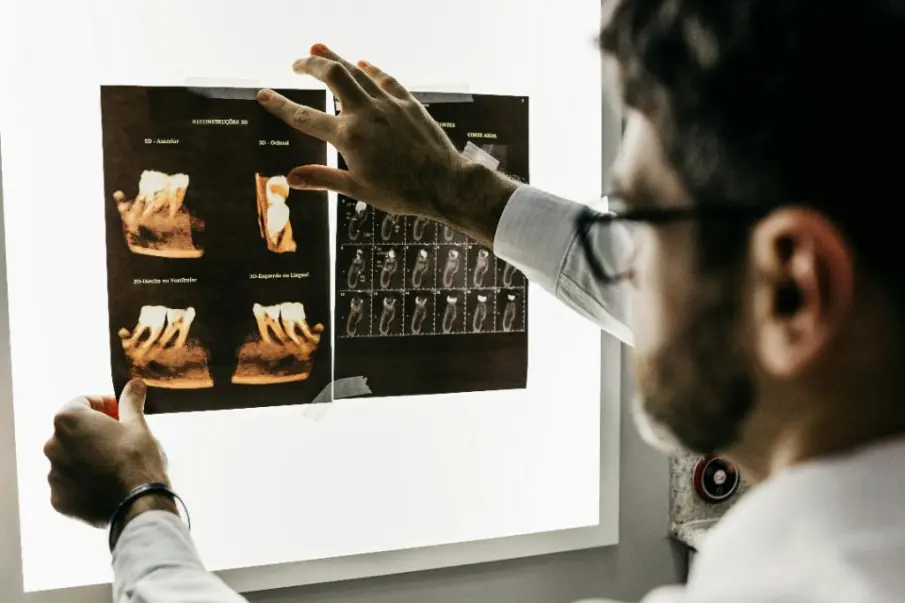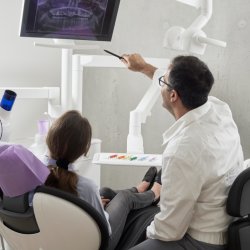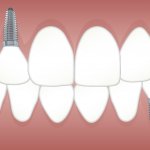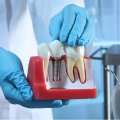The Precision Behind Every Smile: Must-Have Tools for Accurate Dental Work

In dentistry, perfection is the key factor that mostly determines the success of the treatment. From carving a tooth to making a cavity or operating on the mouth, gums, teeth, jaws, or other oral structures, dentists use a range of precision instruments for successful non-aggressive procedures. In this case, some stand out for their ability to provide accuracy, quickness, and uniformity in results. In this paper, I describe the tools that facilitate first-rate dental procedures—and why the material and form of the tools have come to the fore in the contemporary practice of dentistry.
Why Precision Matters in Dental Procedures
Everything that a dentist does has a direct consequence to either the comfort of the patient, the state of the patient’s teeth in the long run, or the appearance of the patient’s teeth when the procedure is over. Better control over the medical process also reduces the amount of tissue damage and time wasted during the procedure, as well as enhancing the effects of the patient’s recovery process. The basis for this accuracy is to be found in the devices used, for instance, diagnostic tools, cutting instruments, and polishers.
A key component in ensuring precision during drilling and shaping is the use of carbide burs. These small but robust instruments are found in every operatory and they are surely valued for the long service they provide, for the speed at which they work, and for providing highly detailed, sharply defined clean cuts in a countless number of dental procedures.
Understanding Carbide Burs and Their Role in Dentistry
Carbide burs are rotary cutting tools made from tungsten carbide, a material that is significantly harder and more wear-resistant than steel. These burs are for use in high-speed handpieces and it’s very useful but when it comes to cutting through the enamel or the dentin layer; it’s also applicable for cutting through restorative materials such as amalgam or composite resins.
1. Why Dentists Choose Carbide Burs
Carbide burs are preferred over traditional steel burs due to their superior performance. They remain sharper for a longer period; cut more effectively; and for a given material reduce its removal rate without increasing the amount of heat generated. These properties are necessary for strengthening the tooth structure and reducing the level of discomfort felt by the patient.
2. Versatile Applications
From crown preparations and cavity shaping to root canal access and bone contouring in oral surgery, carbide burs are used across a wide range of dental procedures. They include round, pear, and flame tips depending on the dental requirement to be fulfilled.
3. Minimizing Microfractures and Tissue Damage
High-quality carbide burs reduce the risk of causing microfractures in the tooth structure. All these aspects also mean that their use is less likely to cause further harm to other tissues in the vicinity and enhance the rate of recovery and treatment efficacy.
Other Must-Have Tools for Precision Dental Work
While carbide burs are vital, they are part of a larger ecosystem of instruments and technologies that support detailed dental work:
- Dental PRO procedures: Mirrors and Explorers enables the clinician to visualize and assess operatory areas that are not easily accessible.
- Ultrasonic Scalers: Easily clean the teeth without causing damage to the gums due to the following features:
- Digital Scanners and Intraoral Cameras: Enables provide high-quality images and detailed treatment planning of the patient’s conditions.
- Loupes and Headlights: Enhance visibility and accuracy during detailed procedures.
All of them are used to achieve similar results but each one serves a different purpose – to provide a system that will guarantee the defined outcome.
Innovations Driving Greater Precision
Technology is something that advances in the field of dental care every other time or even more often. Modernities CAD/CAM link with the impression to produce crowns and bridges with great precision. Through utilizing a laser, tissue growth could be done without any pain and little bloodshed. But even with these advancements, mechanical tools like carbide burs remain essential for their unmatched tactile precision and control.
Conclusion
Dental care of the present day is not only about the dental arch that the practitioner employs, it all depends on the instruments used as well. Instruments like carbide burs enable professionals to perform with accuracy, efficiency, and care, ultimately enhancing patient outcomes. As the dental field advances, the tools matter in determining the quality of oral services movement in detail.
More to Read:
Previous Posts:





